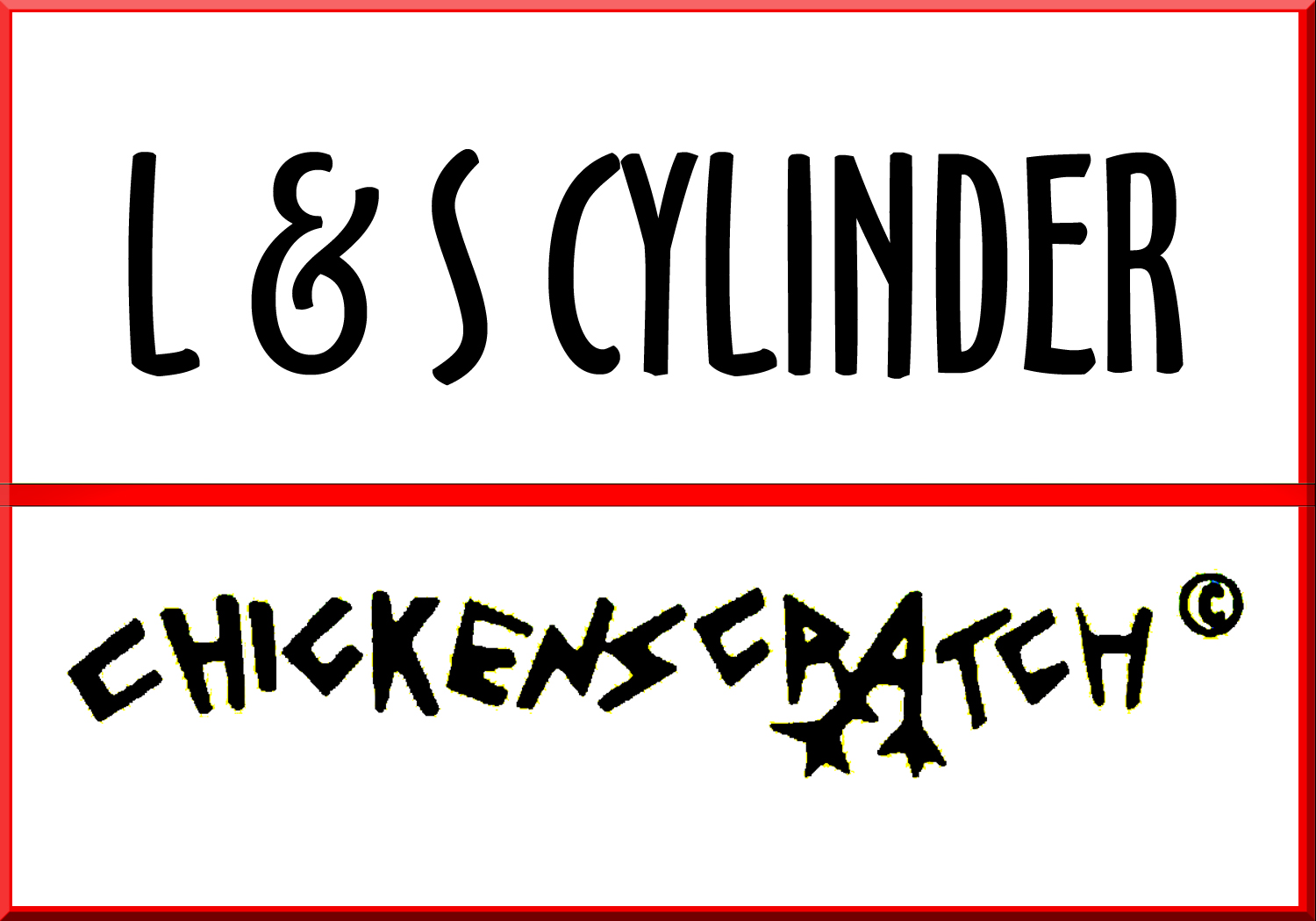We spent the better part of two years working on the pieces in this show. First, procuring parts, which actually began in 2020 with our initial horde. Those elements sat on our table (during our bunkered days of Covid in the studio) for three years, each day as we passed by them, observed, tinkered and moved parts around to see what they might become.
By the time we got around to actually start making with these parts, they had been put away in bins, to be brought back out later. We began making and experimenting, learning that brass winds are put together with low temp solder, to our surprise. It was a big snafu, but one that we figured out how to overcome gradually. The initial group was completed in 2024.
As is often the case, we had other obligations, shows, life, etc. So when we came back to the project later in ‘24, we had to restart and also, we had find more parts, no easy task. But we were diligent and eventually located an even bigger cache of tubes. The game was afoot again.
The bulk of the work in the exhibition was made from March through June, 2025. This was the peak of our creative process, where our concept for CALLIOPE came together, which truly informed our making and cemented our ideas and the pieces that came from them.
We encourage you to see the exhibition if you are in Philadelphia or to go to the Gravers Lane website. This was Herculean a task for us and we are pleased with the outcome, combining our concepts into works that are as much about their subject matter as they are about being large wearables that often are free standing Objects for display. More to come about our process and the concept and development of specific pieces.




